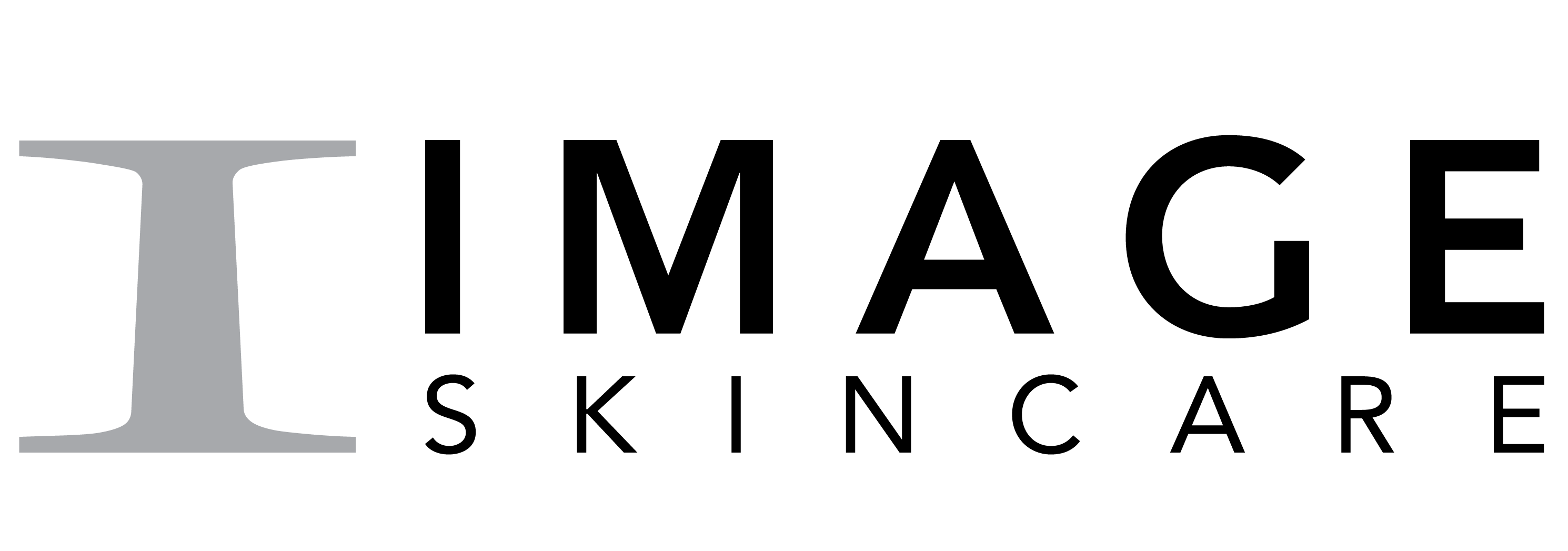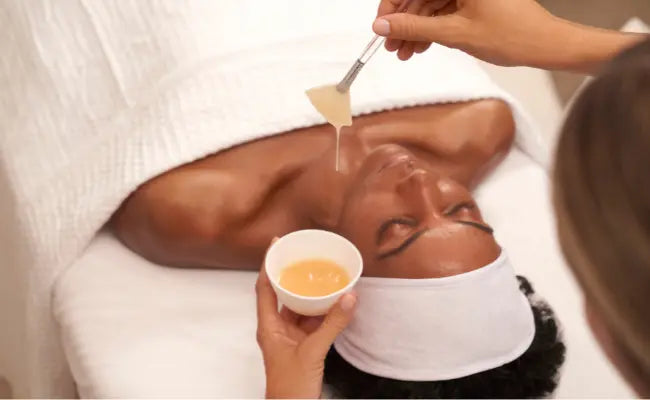BLEMISHES
Whether they’re small and easy to conceal or painful, angry cysts, blemishes are controllable with the right combination of clinical skincare and professional treatments. The secret is finding the formulas that address the specific type of blemishes you’re experiencing while working in harmony with your skin type. Find the right routine and unveil clear, smooth and healthy-looking skin—for good.
TOP ACNE & BLEMISH PRODUCTS
Relying on salicylic acid—one of the most researched and clinically proven ingredients—our CLEAR CELL collection tackles all elements of the clear-skin equation: CLEAR CELL acne treatments clear acne blemishes and help to prevent the new blemishes from forming, while CLEAR CELL exfoliating products fight excess oil and the appearance of blemishes with ingredients like beta and alpha hydroxy acids.
CLOGGED PORES
SHOP NOW >CLINICAL RESULTS
The proof is in! See the evidence that the right skincare routine can give you a smooth and clarified complexion.
ACNE BLEMISHES
SHOP NOW >DUOS & KITS
Whether you experience monthly breakouts or stubborn, recurring blemishes, our sets for clear skin will help nourish your skin so it becomes healthier in the long term, while helping to reduce the appearance of present blemishes.
SHOP SKINCARE SETS >


































